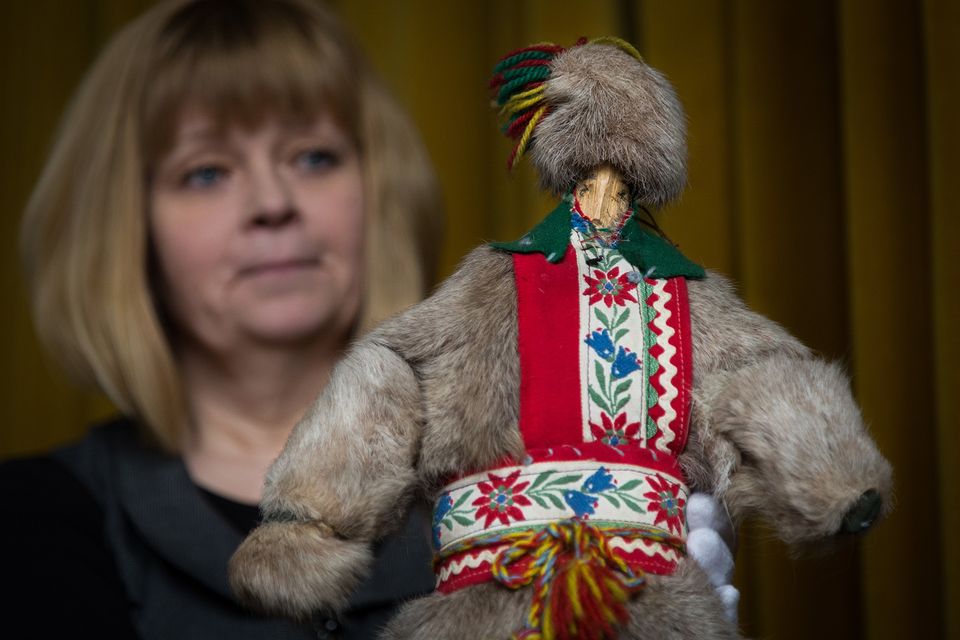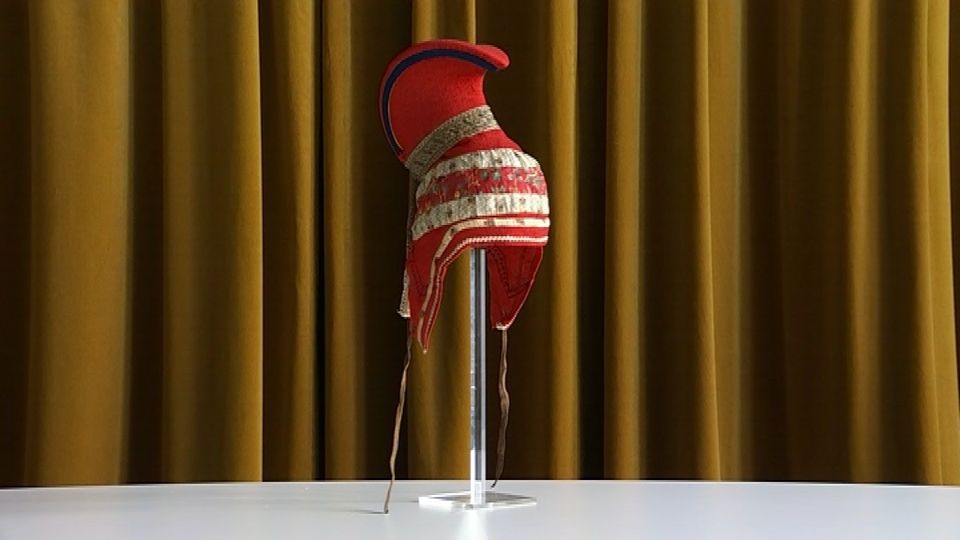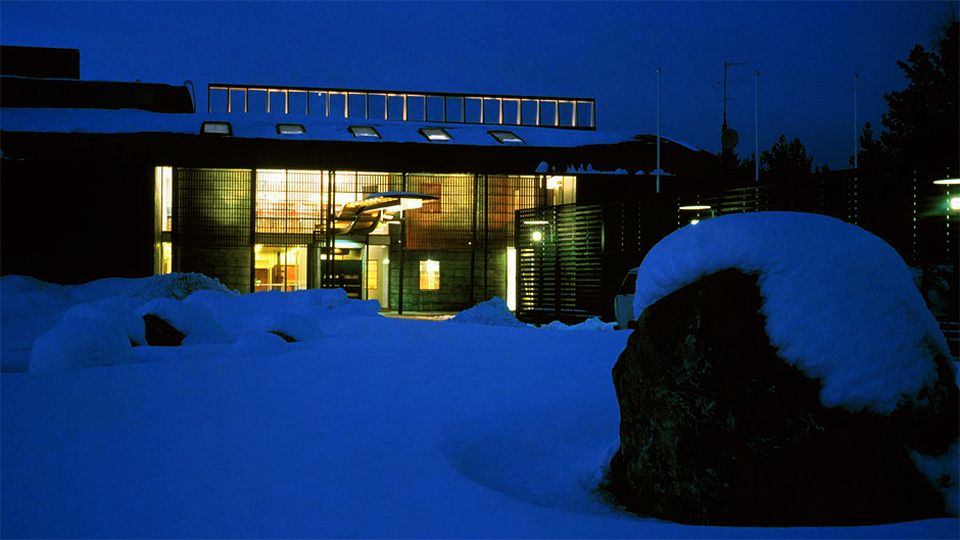Finnish National Museum returns thousands of artefacts to indigenous Sámi people

A collection of about 2,600 items will be transferred from the National Museum in Helsinki to the Siida Museum in Finnish Lapland – as soon as it has space available, sometime in the next decade. The collection dates back nearly two centuries and includes rare objects from Skolt Sámi areas, now in Russia.
Finland’s National Museum is to return a collection of some 2,600 objects to the indigenous Sámi people of northern Finland. The Helsinki museum has signed a preliminary agreement with Siida, the national museum of the Finnish Sámi in Inari, Lapland.
However the collection won’t be transferred until a planned expansion of Siida is completed – in the early 2020s at the earliest.
Still, Siida’s director Sari Valkonen says that the decision is an important gesture with emotional resonance for the Sámi minority.
Meanwhile National Museum director Elina Anttila notes that the handover is important in that it will serve the many people in the Sámi region who make objects and handicrafts based on traditional techniques.
Sinful ‘horn hat’

The National Museum’s Sámi collection is considered internationally significant because of its breadth and history. The collection was started in 1830 with the donation of a Sámi baby’s crib.
Over nearly two centuries, it has been expanded with objects provided by linguists, folklorists, officials and members of the public. The most active era was the first century or so, up until the outbreak of the Winter War in 1939.
The objects include a masculine doll bought by a tourist on a roadside in Enontekiö in the 1950s, and a women’s sarvilakki (‘horn hat’), which was worn in Lapland up until the late 1800s.
At that point – according to some accounts – its use was banned by Lutheran clerics from the conservative Laestadian movement. They considered these pointy red hats to be sinful, dubbing them ‘devil’s horns’.
Siida director Valkonen says she is particularly excited to study the items from the Skolt Sámi, a small ethnic group within the Finnish indigenous community, with only a few hundred surviving members. These materials make up about a third of the collection.
They are from the Petsamo-Suonikylä area, which was ceded to the USSR during the Second World War, and its residents resettled in Inari. There are still a few Sámi in Russia, while the largest populations are in Norway and Sweden.
Running out of space

The National Museum’s Anttila notes that there has been a growing international discussion of repatriation of indigenous people’s artefacts in recent decades. The transfer of the National Museum’s holdings to Inari has been considered since the 1990s, but she says the time is finally right for it.
“This is an extensive collection that requires a proper facility,” she tells Yle.
The Sámi museum has applied for 17.5 million euros in state funds for an expansion. The government is to weigh the request during this spring’s budget framework talks.
Valkonen says that Siida is already running out of space for its collection, as well as for office and customer service functions. Its collection now includes about 7,000 Sámi objects.
Opened in 1998, Siida attracted nearly 120,000 visitors last year. The village of Inari has around 500 residents, while the entire municipality of Inari is home to almost 7,000.
Related stories from around the North:
Canada: Canadian NGO wins Google grant to build ‘Wikipedia of Inuit knowledge’, Radio Canada International
Finland: Lapland reindeer herders still carrying radiation from Cold War nuclear tests, YLE News
Greenland: What the EU seal ban has meant for Inuit communities in the Arctic, Eye on the Arctic
Norway: Repressive policy deprived Sámi people of language, culture : Norway’s prime minister, The Independent Barents Observer
Sweden: Sami Blood: A coming-of-age tale set in Sweden’s dark past, Radio Sweden
Russia: More protected lands on Nenets tundra in Arctic Russia, The Independent Barents Observer
United States: ‘I Am Inuit’ goes from Instagram to museum in Anchorage, Alaska, Alaska Public Media



